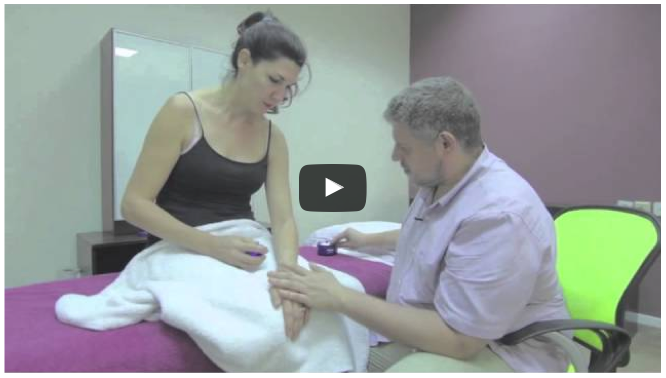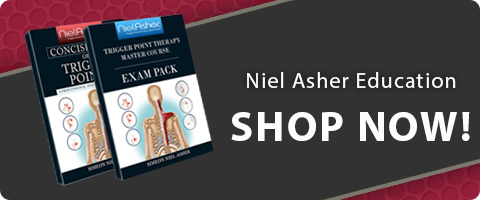Tennis Elbow

Lateral Epicondylopathy, or Tennis Elbow as it is commonly known, is the term used to describe a painful condition of the outside elbow. This pain usually occurs as a result of overuse of the tendons in your elbow, from repetitive motions of the arm and wrist.
The body employs a range of muscles to move the wrist joint, many of them start at the elbow. When the elbow is straight, the main muscle which stabilizes the wrist is called the Extensor Carpi Radialis Brevis (ECRB). Repeated or over-use of the ECRB makes it weaker and may cause tiny microscopic tears to appear in the tendon at the point of attachment to the outside of the elbow (lateral epicondyle). As a result, you experience pain and tenderness. The location and orientation of the ECRB, near bony bumps, increases the likelihood of damage from wear and tear. When the elbow bends and straightens it can cause the muscle to rub.
There are 3 zones where the ECRB can become injured:
• Where the tendon meets the bone
• Where the muscle meets the tendon
• Within the muscle itself
Trigger Point Therapy - Tennis Elbow Self Help Tools
TRIGGER POINT SELF TREATMENT TECHNIQUE:
This technique involves locating the heart of the trigger/tender point. When this is compressed it may well trigger a specific referred pain map (preferably reproducing your symptoms). This technique involves applying direct, gentle and sustained pressure to the point:
PROCEDURE:
1. Identify the tender/trigger point you wish to work on (as shown in the illustration below)
2. Place the host muscle in a comfortable position, where it is relaxed and can undergo full stretch.
3. Apply gentle, gradually increasing pressure to the tender point until you feel resistance. This should be experienced as discomfort and not as pain.
4. Apply sustained pressure until you feel the tender point yield and soften. This can take from a few seconds to several minutes.
5. Steps 3-4 can be repeated, gradually increasing the pressure on the tender/trigger point until it has fully yielded.
6. To achieve a better result, you can try to change the direction of pressure during these repetitions.
TRIGGER POINT SELF HELP - ADVICE
There are many reasons why you might have trigger points, so it is important to consider your trigger point pain in the context of the rest of your body. It must be stressed that the techniques offered on this page are not a substitute for therapy from a qualified practitioner; although aches and pains from trigger points are common, there can sometimes be an underlying pathology. It is advisable to always seek a proper diagnosis from a qualified medical practitioner or experienced manual therapist.
This article excerpt, by Michelle Kaufman, originally appeared here: http://www.nielasher.com/pages/tennis-elbow




.webp)

